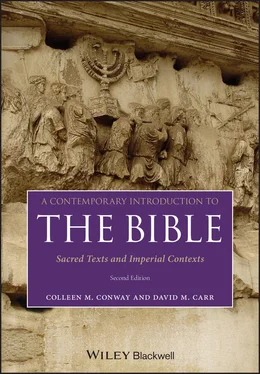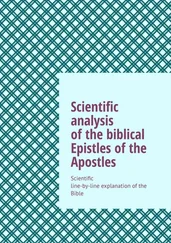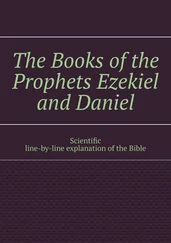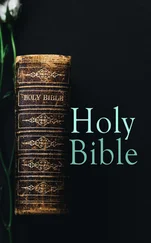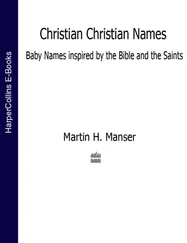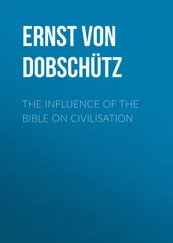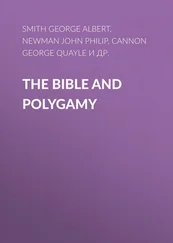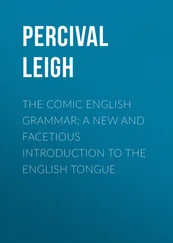This can be illustrated through a brief look at how different methods of biblical criticism might look at Israel’s “exodus,” the story of Yahweh’s (see the Special Topics Box on “The Name of Israel’s God: Yahweh/the LORD”) liberation of the people from Egypt that is now found in the first chapters of the book of Exodus (Exodus 1–15). To start, some scholars try to reconstruct whether and when this exodus actually happened. Such academic study of the history of Israel uses biblical texts as one among multiple sources for the reconstruction of “what probably happened.” So far, the results of such study have been inconclusive. On the one hand, many scholars believe some sort of exodus out of Egypt happened, probably during the centuries just before the emergence of the people of “Israel” as a distinct group in the highlands of Canaan. On the other hand, most academic scholars of the Bible also believe that the written texts of the Bible are so far removed from the events that they describe that they are not useful for precise retelling of what actually happened back then: who said what, how many and who were involved, etc. The biblical texts are not reliable for such details because they have been filtered by centuries of oral retelling and written expansions by later Israelites. Imagine a game of “telephone” where hundreds of people over a period of five hundred years retell stories about an event important to them (e.g. of the exodus from Egypt), continually adapting such stories for new situations and audiences, and then imagine trying to use the end result of this complex process for historical analysis. Because biblical texts are so shaped by time, scholars studying the history of Israel attempt to reconstruct what happened through analyzing them and comparing them – where possible – with archaeological records and non-biblical historical sources.
The Name of Israel’s God: Yahweh/the LORD
The name of Israel’s God in Hebrew is Yahweh, but you will not see this name written out in most English translations of the Bible. Instead, most translations have “the LORD” where the Hebrew manuscripts have a strange combination of the consonants for Yahweh (YHWH) and the vowels for the Hebrew word “lord.” Why this combination?
The consonants are earlier, since the earliest Hebrew Bible manuscripts were written in all consonants. When Jewish scholars started producing manuscripts with vowels, the divine name Yahweh had become so holy that they did not pronounce it out loud. (This is still true for many Jews.) Therefore, they added the vowels for “lord” in every place where the consonants for Yahweh occurred so that readers would say “lord” rather than the holy name. English translations reflect this combination when they put “lord” in all capital letters (LORD), indicating that this particular “lord” is Yahweh. (Note “Jehovah” is the word that is produced when you simply pronounce the consonants of YHWH with the vowels for the Hebrew word for “lord.”)
We will be focusing here on the state of the Bible before such prohibitions on pronouncing the divine name existed. So there will be occasions where it will be helpful to refer to Israel’s God by the name Yahweh.
Historical criticismis a family of historical methods that analyzes how and where the biblical texts (and oral traditions in them) were composed. “Criticism” in this case does not mean that historical critics find fault with the biblical texts that they study, but that they use academically critical analysis to arrive at their conclusions rather than starting on the basis of faith assumptions. Through tradition criticism, for example, biblical scholars attempt to identify early oral traditions standing behind the biblical text. For example, past tradition critics have supposed that the following song of Miriam may be one of the earliest traditions in the Bible to speak of the defeat of the Egyptian army at the Red Sea:
Sing to Yahweh, for he has been victorious
Horse and rider, he has thrown into the sea. (Exod 15:21)
The next chapter will discuss places where other texts of the Bible, though being later written texts, still reflect the general outlines of earlier oral traditions.
Many scholars, however, focus not on how the Bible was formed, but on what it means and has meant to generations of readers of the Bible. For example, literary criticismhas drawn on methods in the study of modern literature to study the plot, characterization, pacing, and shape of biblical texts. Scholars employing such criticism have examined Exodus 1–15 as if it were a novel, looking at how the story is artfully told: how is Moses introduced and characterized? How does this contrast with the characterization of the Egyptians and their leaders? What does the reader expect and learn as the narrative unfolds? Such study of the poetic and narrative dynamics of biblical texts is distinct from study of how such texts have been interpreted by later readers, which is the history of interpretation. Historians of interpretation study how the story of the exodus became central to Judaism and Christianity in different ways. For example, the exodus story is the centerpiece of the Jewish celebration of Passover and is a founding story for the Christian practices of baptism and Eucharist.
Finally, various forms of ideological criticismanalyze ways that the exodus story can be, has been, and should be read in the midst of systemic structures of power. For example, early feminist criticismlifted up the importance of the story of the midwives in the lead-up to the exodus (Exod 1:15–21), and later feminist critics have raised questions about the male (androcentric) focus of the exodus story and most other parts of the Bible.
This is just a sampling of some of the different types of academic research that are used to investigate the Bible and its readings. Across this Introduction numerous other forms of biblical criticism will be introduced.
Looking Forward to the Big Picture
This chapter has given an overview, which will be filled in by the following chapters. It may be disorienting to encounter so many terms and dates at once. Nevertheless, it is important to get this larger picture in order to understand the details of what follows. The next seven chapters of this Introduction will unfold the story of the creation of the Hebrew Bible/Old Testament. This story moves from discussion of oral traditions in pre-literate Israel all the way through to the writing of the latest books of the Hebrew Bible during the Hellenistic (and Hasmonean) period. Though the first chapters will uncover a strange and different ancient Israel unfamiliar to many readers, this historical approach will illuminate many aspects of the Bible that otherwise make little sense. In addition, it will provide a starting point for engaging other scholarly methods of looking at biblical texts in new ways. Similarly, Chapters 9–15 will trace the development of the New Testament writings, beginning with a discussion of the earliest oral traditions about Jesus.
Of course, the analysis of the formation of the Bible and its texts is always in flux. Within the space of this brief Introduction we will only be able to touch on a few of the major debates. Nevertheless, scholars have been doing this kind of historical analysis of the Bible for about three hundred years, and these efforts have produced some interesting and important results. This textbook draws on the breadth of that scholarship in giving a historical orientation to the Bible that can be a starting point for further study, questioning, and correction. For now, use this textbook as your initial guide, rather than doing internet searches on Bible-related topics (internet sites are particularly variable in quality). Each chapter concludes with recommended written resources, and this chapter concludes with websites that also provide high-quality resources for further study.
Читать дальше
